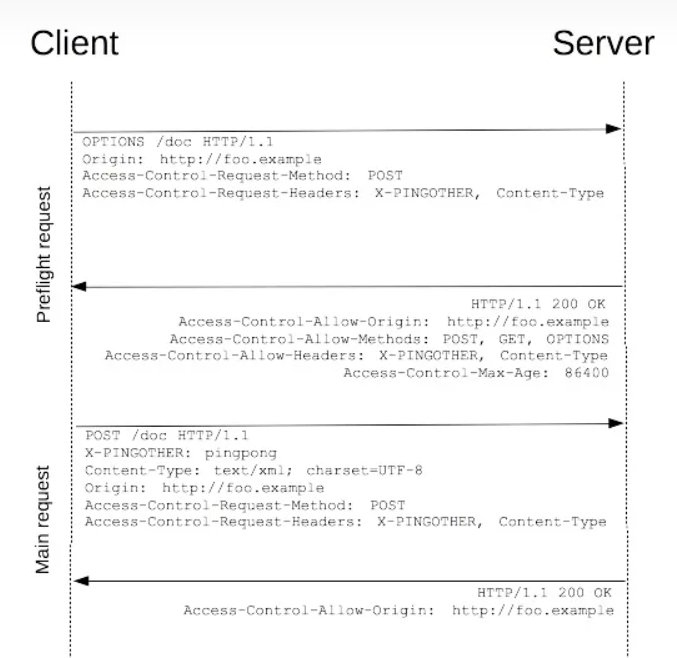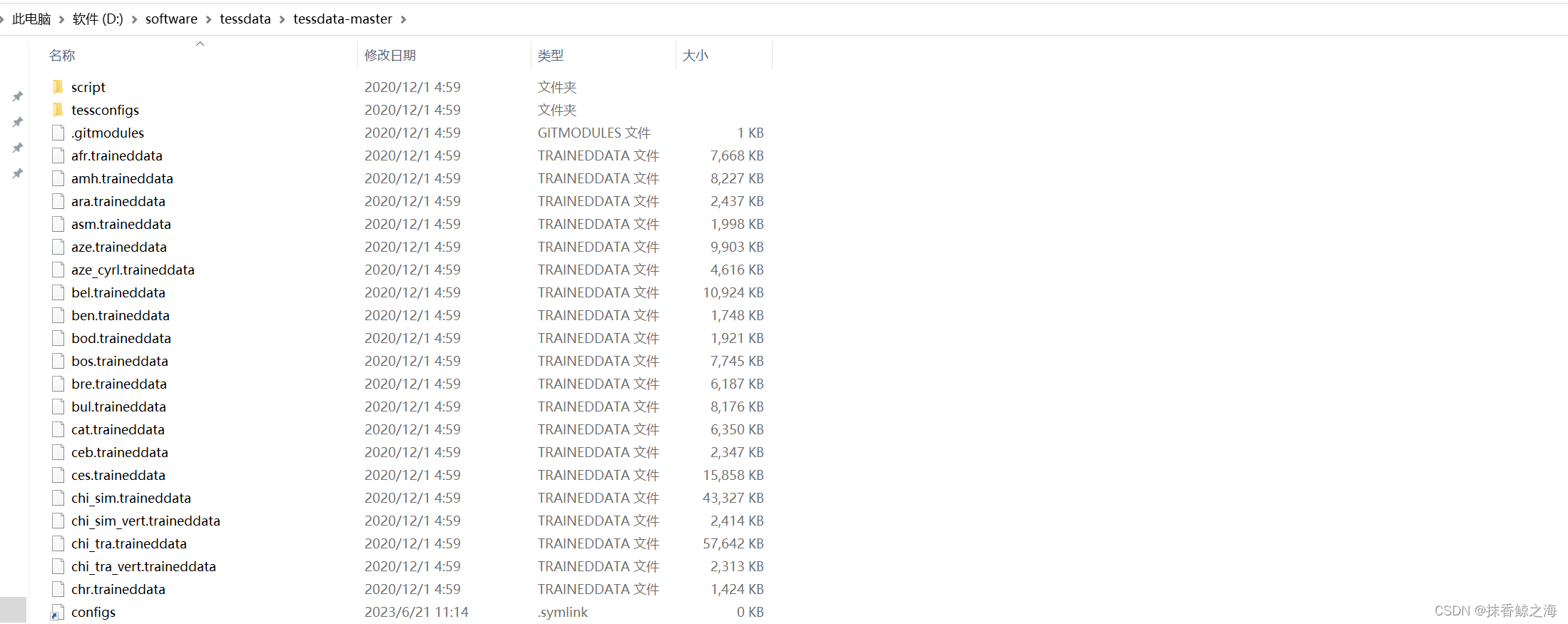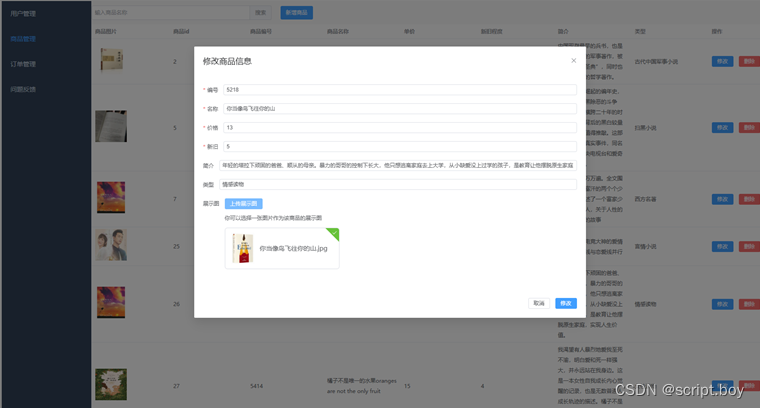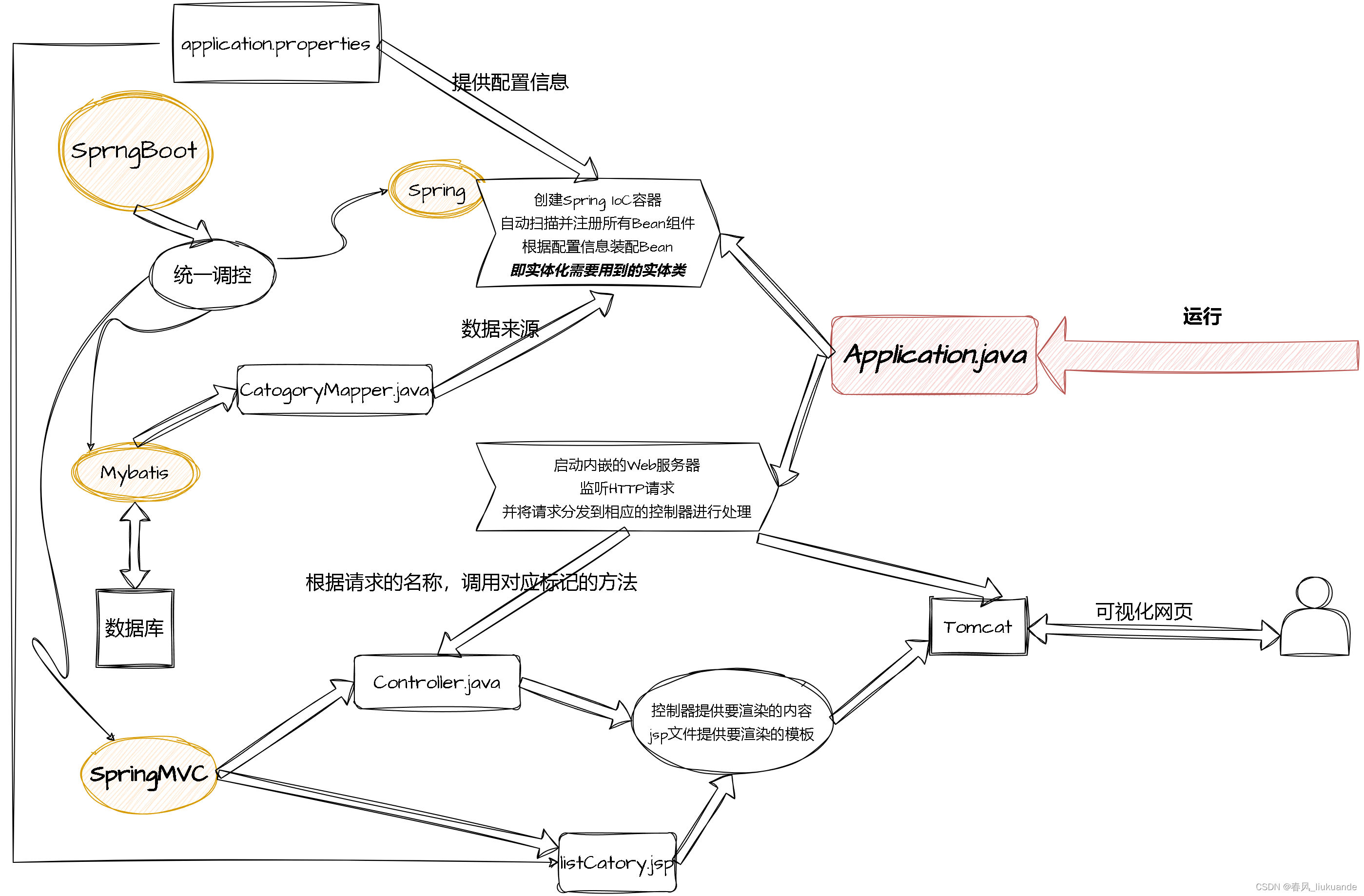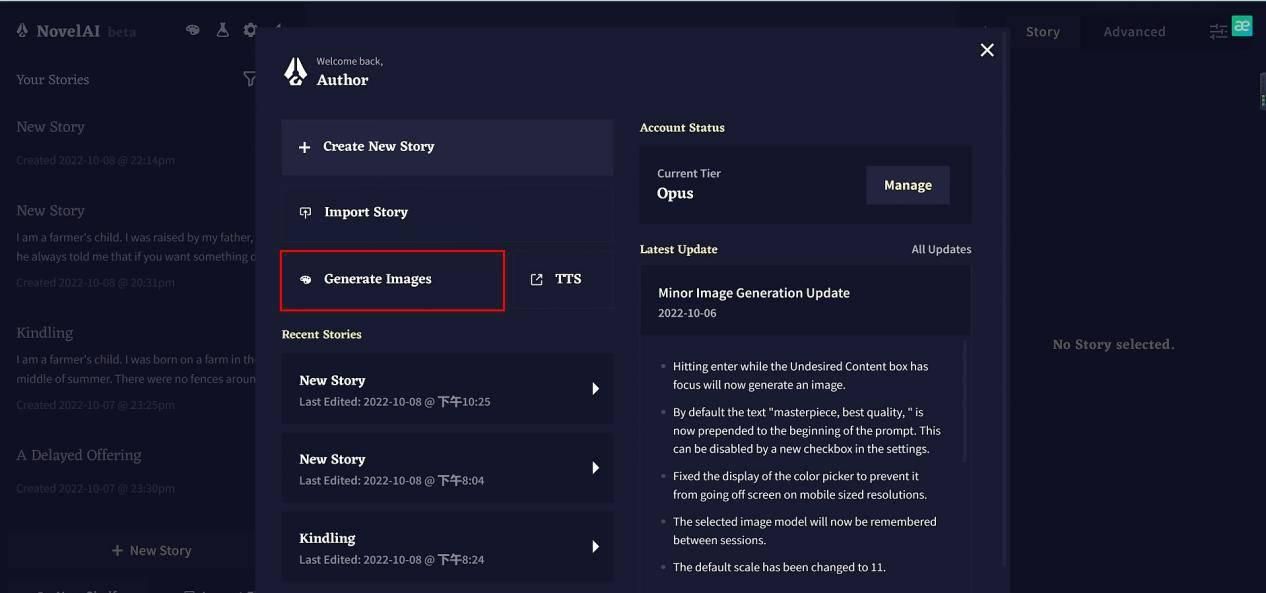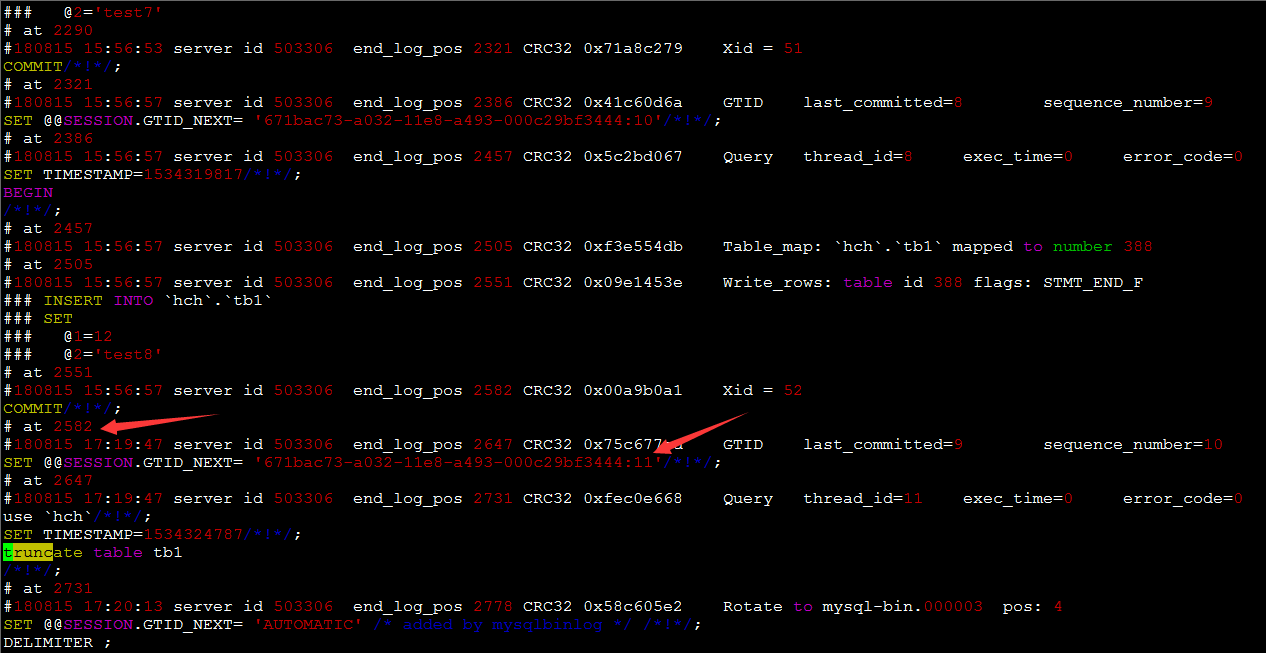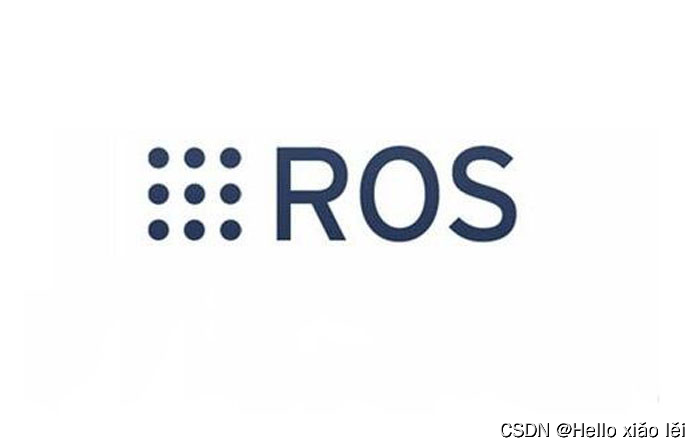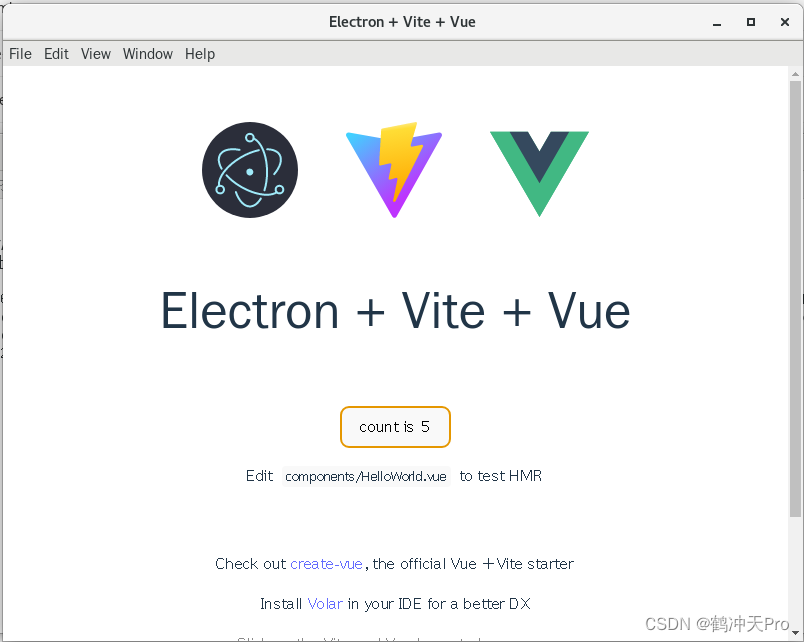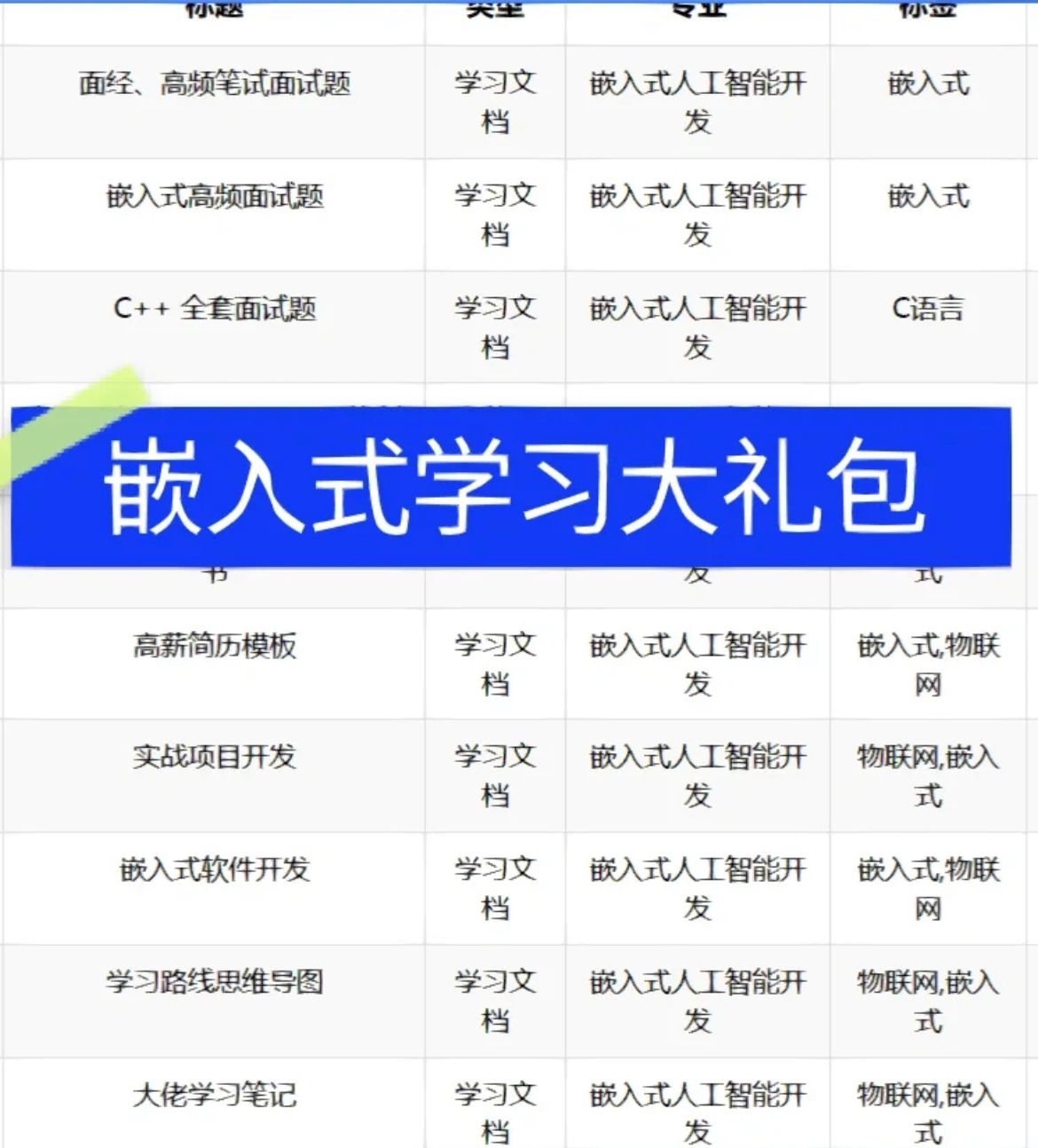HTML中通过一个按钮触发显示弹窗的函数showPopup(),弹窗的内容包含在一个div元素中,初始设置为隐藏状态。
CSS中定义了弹窗的样式,包括背景、位置、边框等。
JavaScript中定义了两个函数showPopup()和hidePopup(),分别用于显示和隐藏弹窗。通过获取弹窗元素的引用,通过修改其display属性来控制显示和隐藏。
使用该弹窗组件时,只需将以上代码保存为对应的文件(如index.html、style.css、script.js),在浏览器中打开index.html文件,点击按钮即可显示弹窗,点击关闭按钮或背景区域即可隐藏弹窗。
请注意,以上代码是一个简单的示例,实际应用中可能需要根据具体需求进行功能扩展和样式调整。

以下是一个简单的基于JavaScript、HTML和CSS的弹窗组件的代码和说明:
HTML代码:
<!DOCTYPE html>
<html>
<head>
<link rel="stylesheet" type="text/css" href="style.css">
</head>
<body>
<button onclick="showPopup()">显示弹窗</button>
<div id="popup" class="popup">
<div class="popup-content">
<span class="close" onclick="hidePopup()">×</span>
<h2>弹窗标题</h2>
<p>这是弹窗的内容。</p>
</div>
</div>
<script src="script.js"></script>
</body>
</html>
CSS代码(style.css):
.popup {
display: none;
position: fixed;
z-index: 9999;
left: 0;
top: 0;
width: 100%;
height: 100%;
overflow: auto;
background-color: rgba(0,0,0,0.4);
}
.popup-content {
background-color: #fefefe;
margin: 15% auto;
padding: 20px;
border: 1px solid #888;
width: 80%;
}
.close {
color: #aaa;
float: right;
font-size: 28px;
font-weight: bold;
cursor: pointer;
}
.close:hover,
.close:focus {
color: black;
text-decoration: none;
cursor: pointer;
}
JavaScript代码(script.js):
function showPopup() {
var popup = document.getElementById("popup");
popup.style.display = "block";
}
function hidePopup() {
var popup = document.getElementById("popup");
popup.style.display = "none";
}
